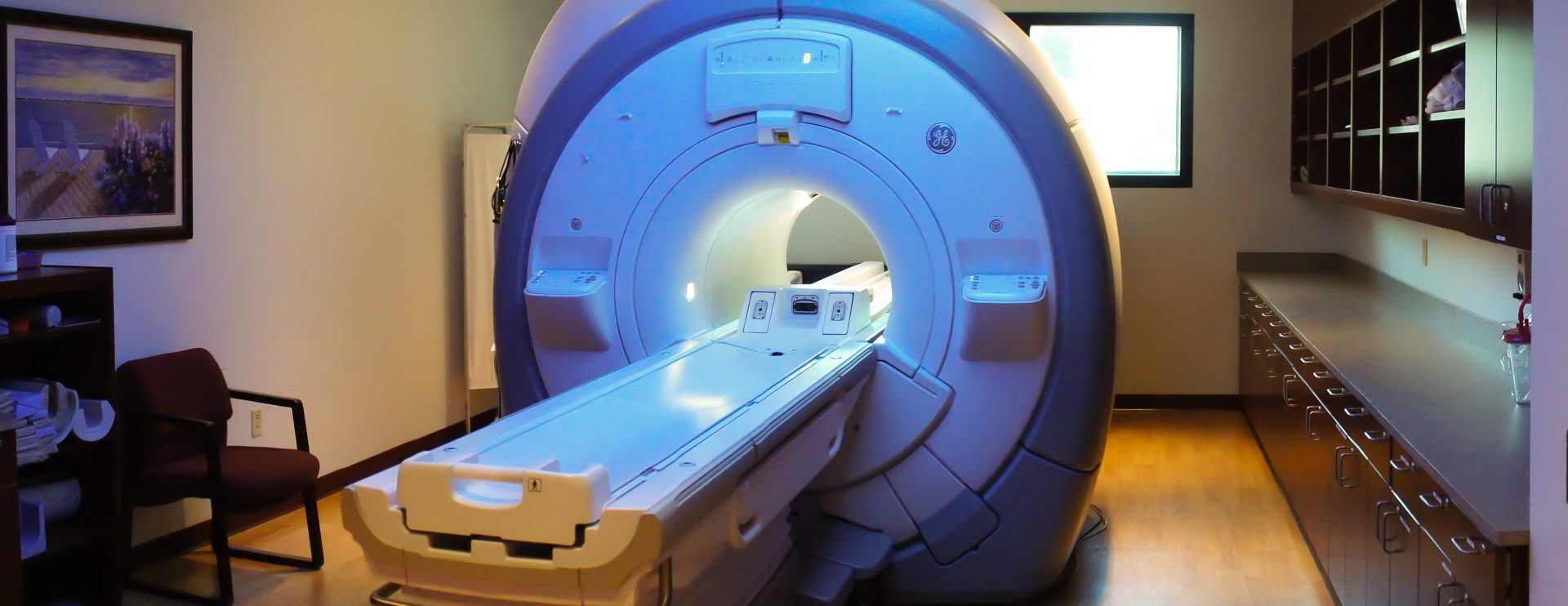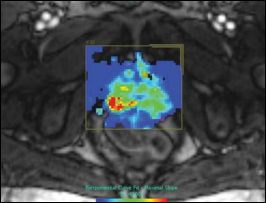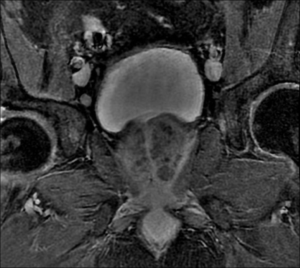September is prostate cancer awareness month and a good time to remind the men in our lives to know their risk factors and get tested. Each year, approximately 29,430 men will die of prostate cancer making it the second leading cause of cancer deaths in American men, and the most common form of cancer diagnosed. It is important to know the symptoms, risk factors, when and how to get tested and what to do with a prostate cancer diagnosis.
Symptoms of Prostate Cancer
Prostate cancer will most often not have any symptoms during the early stages, making it vitally important for men to receive annual check-ups. Early diagnosis can prevent the cancer from spreading and provides a positive prognosis for survival. More than 99% of men who are diagnosed early survive a prostate cancer diagnosis. With such great odds when detected early, it is evident that we need to do more to spread awareness to prevent this cancer from taking more lives.
Most symptoms of prostate cancer are similar to benign prostatic hyperplasia (BHP), overactive bladder, erectile dysfunction or prostatitis which include the following:
- Frequent nighttime urination
- Strong urge to urinate immediately
- Difficulty starting the urinary stream
- A weak urinary stream once it starts
- Pain and/or burning when urinating
- Dribbling after you’re finished
- Pain in the genital and pelvic area
- Blood in the urine or semen
- Frequent urinary tract infections
More serious symptoms of prostate cancer include:
- Fatigue
- Anemia
- Unexpected weight loss
- Pain in the lower back or pelvic area
Prostate cancer is most commonly found during screening tests which include a Prostate Specific Antigen (PSA) and a Digital Rectal Exam (DRE). The majority of men learn about their diagnosis through early screening tests. Know your risk factors and talk to your physician about the screening tests right for you.
Risk Factors of Prostate Cancer
The most prevalent risk factors of prostate cancer include family history, ethnicity, diet and an increasing age. If you are over 50 years old, African-American or have a history of prostate cancer you may be at an increased risk. While these factors increase your risk, all men are at risk of developing this type of cancer. As the risk of developing prostate cancer increases significantly with age, it is recommended that men begin to talk to their doctors about screening in their 40’s or earlier if at an increased risk.
Family history is an important factor as men with at least one close relative who has had prostate cancer is twice as likely to develop this disease compared to the general population. Talk to your doctor about any genetic testing available which could help to predict your probability of developing this cancer. For reasons unclear, African-American men are 1.7 times more likely to be diagnosed and 2.3 times more likely to not survive prostate cancer compared to Caucasian men.
Men who consume large amounts of animal fat are at an increased risk of developing prostate cancer, which is much more common in countries where diets consist of higher intakes of dairy and meat as opposed to countries with a more common diet of vegetables, soy and rice. Obesity may pose an increased risk, as men with a body mass index, BMI, of 30 or more are considered to have an increased risk of diagnosis with a poorer prognosis for survival. Men who exercise have up to an 86% lower risk of developing prostate cancer and greatly improve their prognosis for survival if diagnosed. Learn how to prevent prostate cancer with physical activity designed to lower your risk as recommended by zerocancer.org, the organization dedicated to preventing prostate cancer in men.
How Do I Get Tested for Prostate Cancer?
Talk to your doctor about your risk factors to determine if you should be tested and the right test for you. Early detection provides the greatest chance of living longer with a 5-year survival rate over 99% when caught early. A full prostate cancer exam can be performed by a general practitioner and usually includes the digital rectal exam, DRE, and a PSA blood test. Discuss your risk factors and testing options with your physician and find out about free screening options.
If your test results are abnormal you may need to repeat some tests and have additional testing such as an ultrasound, MRI or biopsy. If you do have a positive diagnosis do not lose hope as more than 2.9 million American men are living today after a prostate cancer diagnosis. The first thing to do is to learn more about your specific type of cancer, what stage you are in and the grade as assigned by the Gleason score, which measures the aggressiveness of tumors.
Greater Waterbury Imaging Center for MRI Prostate Screening
Greater Waterbury Imaging Center performs MRI prostate screenings with the most up to date protocols for informed and accurate screening, with imaging playing an increasingly important role in prostate cancer detection. See our latest case study on MRI prostate imaging.
Greater Waterbury Imaging Center cares about your health and well-being and encourages you to speak with your doctor about your risk factors and prostate cancer screening options. Remember to contact us for all your MR imaging needs.



